 |
 |
 |
 |
 |
 |
|
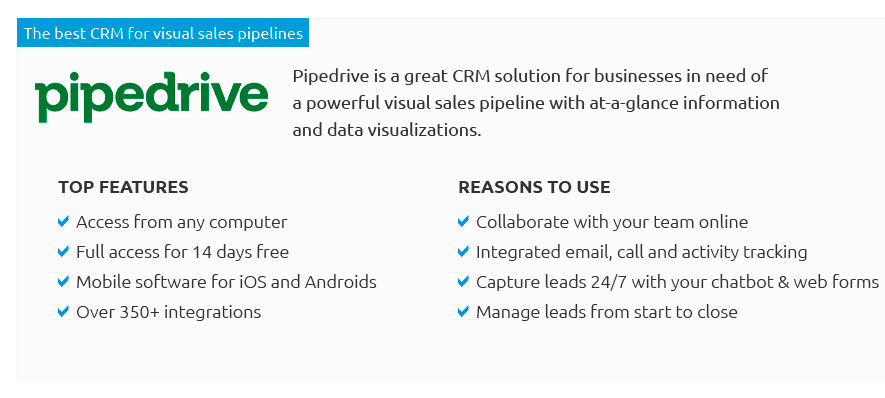 |
|
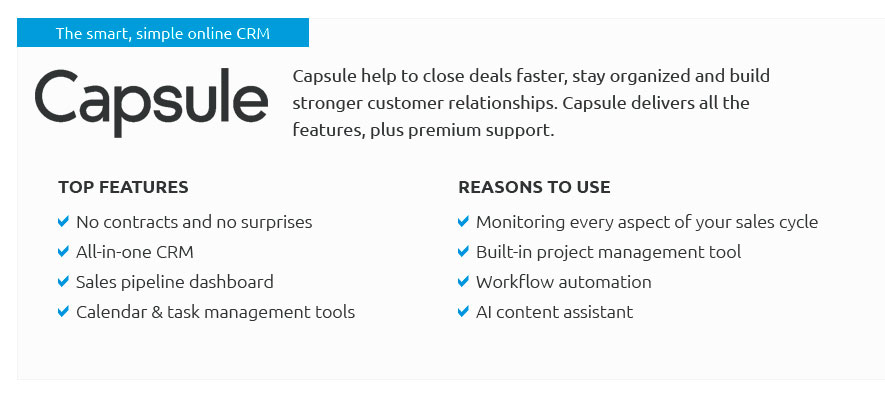 |
|
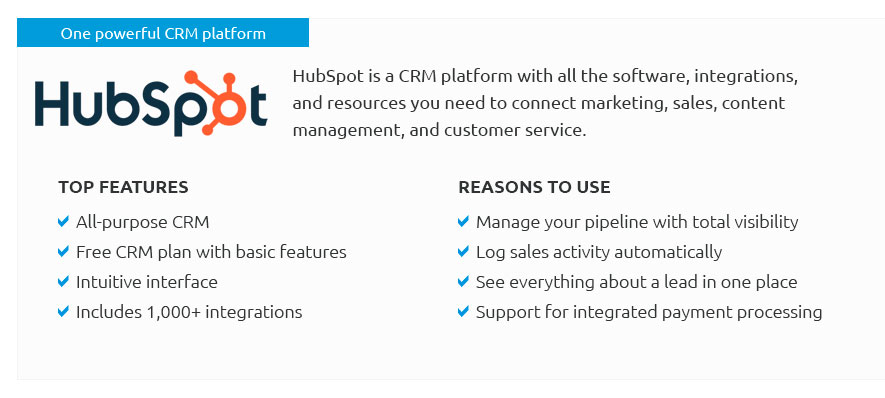 |
|
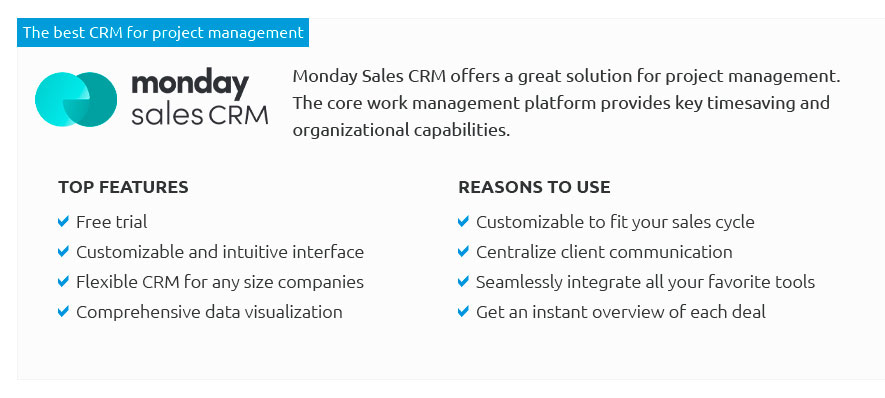 |
|
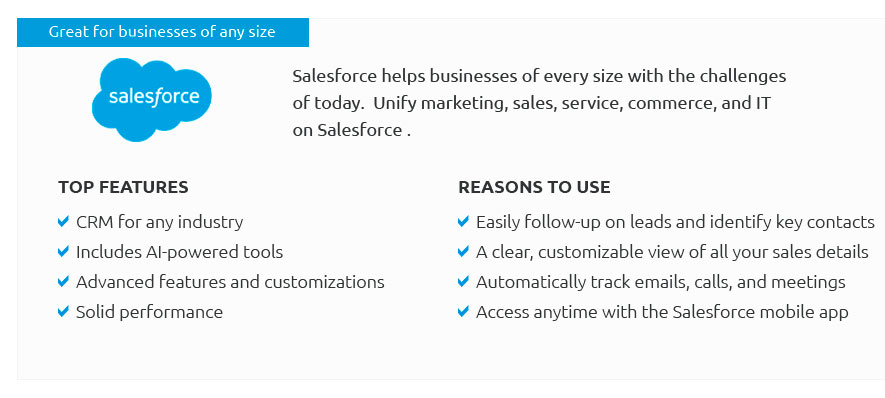 |
|
 |
 |
The Intricate World of Todo List Websites: A Comprehensive AnalysisIn the fast-paced digital age, where multitasking has become an indispensable skill, the quest for effective organization tools is more relevant than ever. Among these tools, the ubiquitous todo list website stands out as a popular choice for both individuals and teams striving for productivity. These platforms, designed to streamline our tasks and boost efficiency, come with their own set of advantages and drawbacks. In this article, we delve into the multifaceted nature of todo list websites, exploring their benefits and potential pitfalls, to help you make an informed decision on integrating them into your daily routine. The Advantages: Harnessing the Power of Structure Todo list websites offer a plethora of benefits that cater to the organizational needs of modern users. Foremost among these is their ability to centralize tasks-by providing a single platform where all tasks can be listed, categorized, and prioritized, they eliminate the chaos of scattered notes and forgotten obligations. This centralization not only facilitates a clear overview of one's duties but also allows for strategic planning and efficient time management. Moreover, these platforms often include features such as reminders and deadlines, ensuring that important tasks are not overlooked. Collaboration is another significant advantage offered by many todo list websites. In a world where teamwork is crucial, these tools allow for seamless sharing and assigning of tasks among team members, enhancing communication and accountability. The ability to see each other's progress in real-time fosters a sense of unity and shared responsibility, crucial elements for any successful project. The Drawbacks: Navigating the Complexity However, despite their numerous benefits, todo list websites are not without their downsides. One major concern is the potential for overwhelming users with features. While advanced functionalities can be useful, they can also complicate what should be a straightforward process. Users may find themselves spending more time customizing their lists and exploring features than actually completing tasks, leading to procrastination. Additionally, the learning curve associated with some of these platforms can be steep, particularly for those who are not tech-savvy. This can result in frustration and, in some cases, abandonment of the tool altogether. Another downside is the reliance on technology. As convenient as online platforms are, they are not immune to technical glitches or internet connectivity issues, which can impede access to important information when needed most. Furthermore, concerns about data privacy and security linger in the background, as users must trust that their personal and professional information is safeguarded against breaches. Making the Right Choice: Weighing the Options Choosing the right todo list website depends largely on individual needs and preferences. For those who thrive on structure and collaboration, a feature-rich platform like Todoist or Asana may be ideal, offering extensive options for categorization and team interaction. On the other hand, individuals who prefer simplicity might opt for a minimalist tool like Google Keep or Microsoft To Do, which provides basic functionality without overwhelming complexity. Ultimately, the key is to select a tool that aligns with your workflow and complements your productivity style. In conclusion, while todo list websites are invaluable allies in the pursuit of organization and productivity, it is crucial to approach them with an understanding of both their potential benefits and their limitations. By carefully considering your specific needs and testing different platforms, you can find the perfect balance that enhances your efficiency and supports your goals. As technology continues to evolve, so too will these tools, offering ever-more sophisticated solutions to the age-old challenge of managing our tasks and time. https://chromewebstore.google.com/detail/todoist-for-chrome/jldhpllghnbhlbpcmnajkpdmadaolakh?hl=en
Ranked as the best to-do list right now by The Verge, Todoist is used by 25 million people to organize, plan and collaborate on projects, both big and small. https://goblin.tools/
... website completely free and ad-free. It can also be installed for free: As a Web App. About. Help. Magic Todo acts as a standard todo list, with some special ... https://www.reddit.com/r/productivity/comments/kep6eh/best_personal_todo_list_siteapp/
I'm looking for a list that lets me Prioritize things, or at least order them non-alphabetical. I was also hoping to have the ability to categorize my tasks.
|